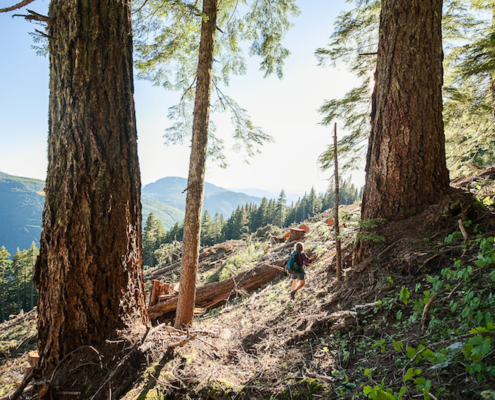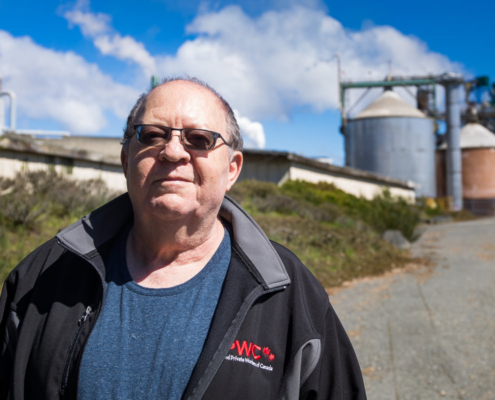
Conservationists Disappointed the BC NDP’s Budget Fails to Allocate Land Acquisition Funding for Endangered Ecosystems and Old-Growth Forests
Check out our media release in response to today's BC Budget announcement, regarding the lack of funding for a provincial land acquisition fund to purchase and protect endangered old-growth forests and ecosystems on private lands.
Despite repeated requests from conservation groups and thousands of concerned citizens, the NDP government has yet to prioritize the urgent need for a dedicated fund to purchase private lands of high conservation and recreational value and add them to the province's protected area system.

Forestry Union President Calls on NDP to Protect BC Forests & Forestry Jobs
Check out this opinion piece by Arnie Bercov, the president of the Public and Private Workers of Canada (PPWC), which represents thousands of forestry workers across BC. The PPWC has joined in calling on the NDP government to start implementing major policy shifts to end raw log exports, incentivize the development of new second-growth mills and value-added facilities, protect old-growth forests, and support First Nations' land use planning and sustainable economic development
